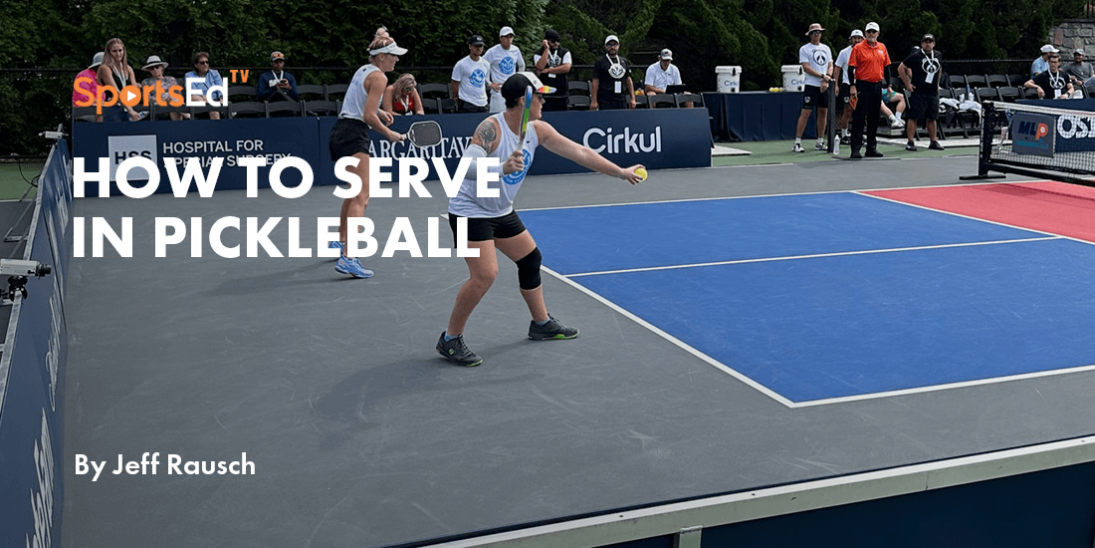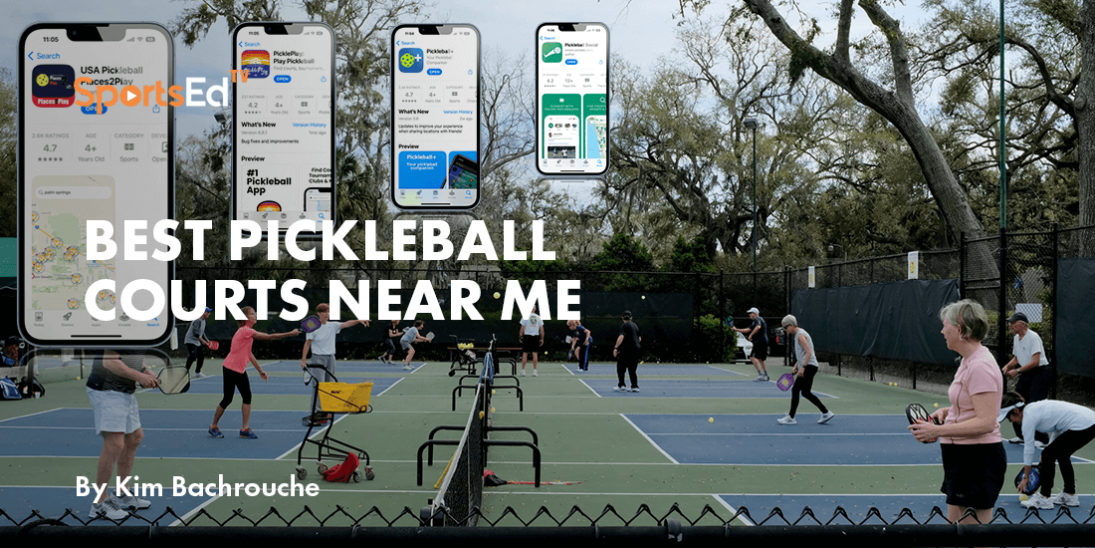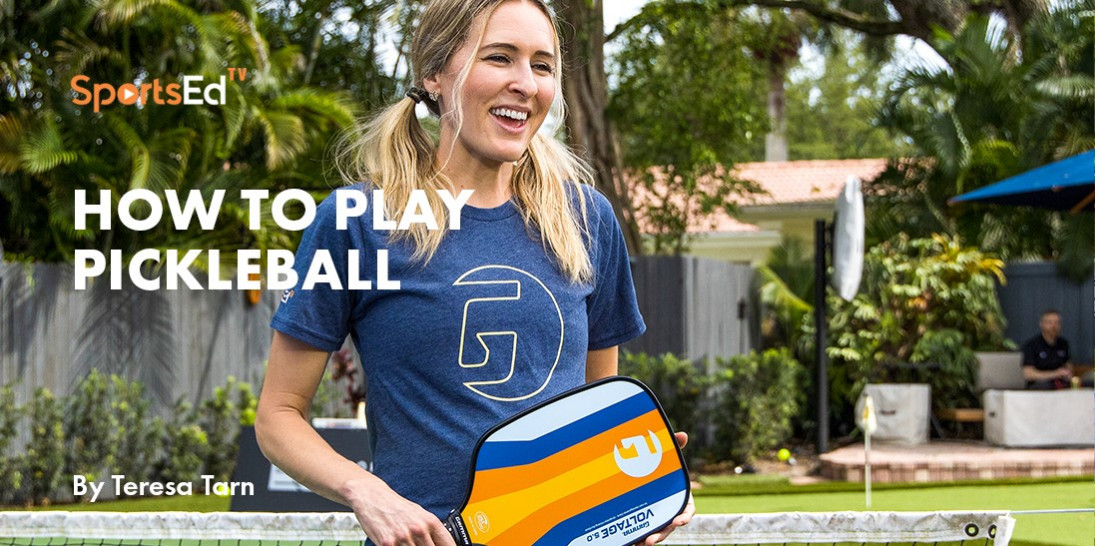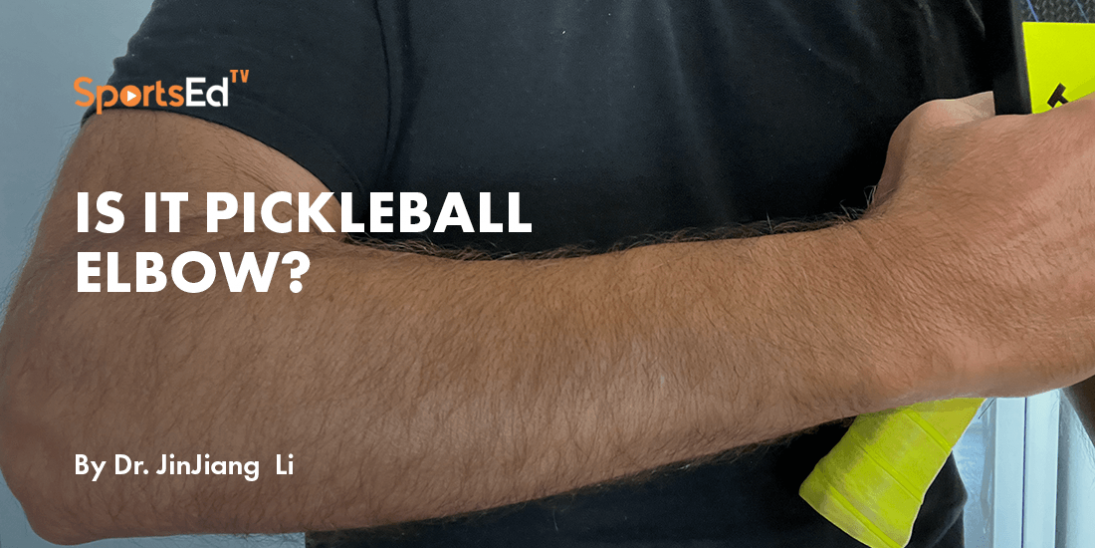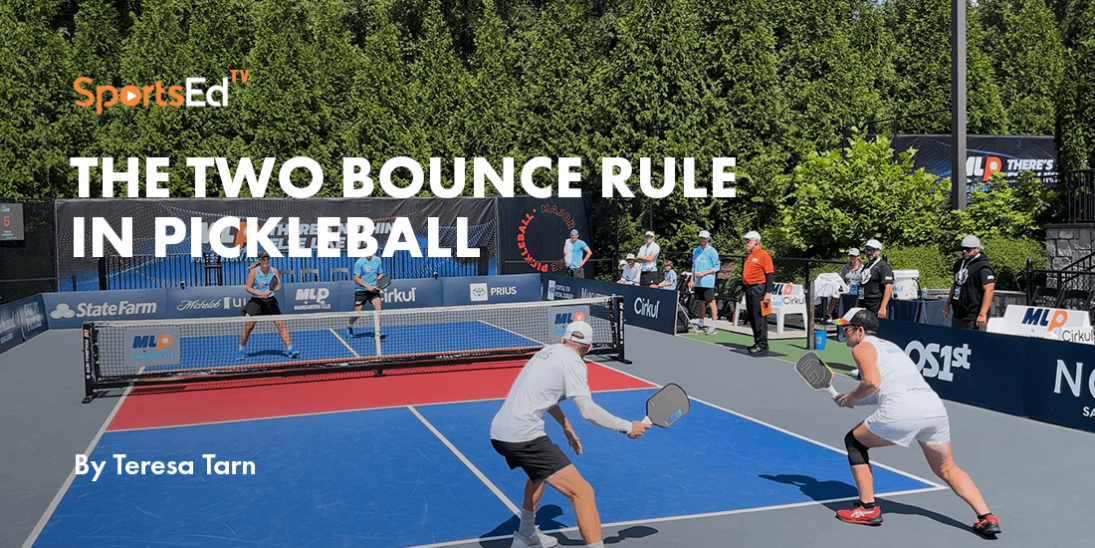Pickleball
Welcome and thanks for visiting...

Return of Serve for Beginners and Improvers
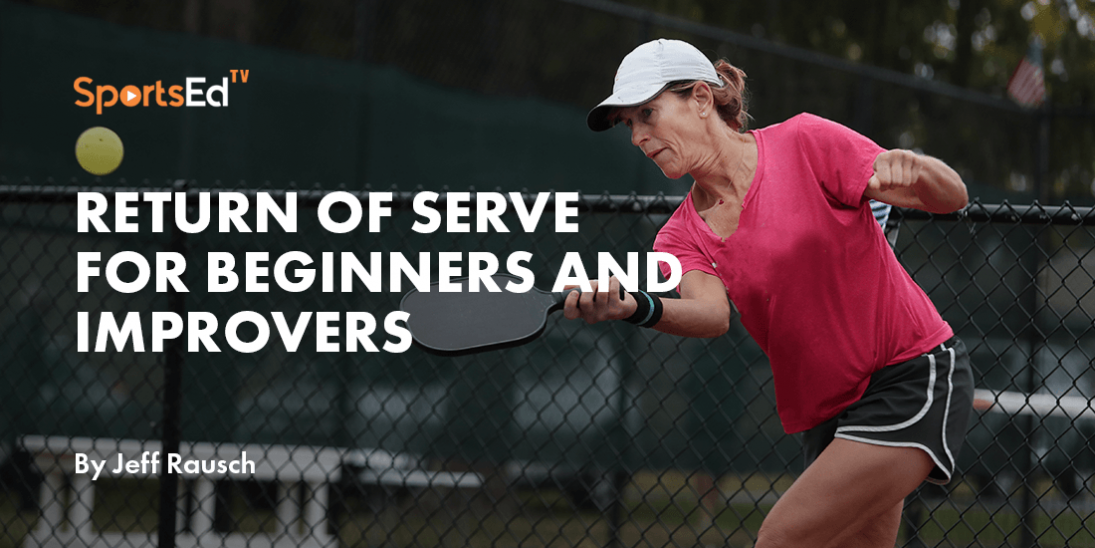
You have one chance to make a first impression— make it a good one! Many beginners and improving players often discount the importance of the service return. What steps can you take to ensure that your return of serve sets the stage for the rally to develop in your favor?
POSITIONING
As the player returns the serve, you should be positioned a foot or two behind the baseline so that you are contacting the ball in front of your body while starting your movement toward the non-volley zone (NVZ) line. If you are put in a position where you need to move backward, you will likely not be able to contact the ball in front of your body and it will take you longer to get to the NVZ line.
PICKLEBALL STANCE
Be ready with your feet shoulder-width apart, weight on the balls of your feet, and paddle in the ready position and take a light split-step in preparation for movement.
CONTACT POINT
Keep your paddle backswing as short as possible; however, generally, it is not past your hip. Focus on contacting the ball in front of you and sometimes to the side as well, if needed, while adjusting your wrist angle to make sure your paddle is in the correct position to contact the ball. Keep your wrist fixed through the shot with your paddle angle squared off to the path of your ball (don’t flick your wrist) and follow through directly toward the target. This will increase your accuracy and consistency while also pulling you forward toward the NVZ line.
PICKLEBALL PLAYER'S PLACEMENT
You want to ensure that you are nimble with your shot selection based on a number of variables, such as depth and angle of serve, the serving team’s positioning, and your opponent’s strengths and weaknesses. As a general rule, your shots should be down the middle. By hitting in the middle, you reduce the angles and areas of opportunity from the serving team, allowing you to maintain optimal positioning for your next shot while also increasing confusion for them (Mine? Yours?). The confusion factor will be dramatically reduced with a seasoned team, but regardless you will still be reducing areas of opportunity for their next shot. Does that mean that you should not hit wide to someone with a weakness? This is where you need to be nimble; however, it depends on your skill level as well. The more accurate and consistent you are, the more you can vary your returns to take advantage of any weakness your opponents may have. In the end, the return of serve is an important shot since it sets up the rally and allows the returning team to get in position and control the rally while reducing variables. Hitting wide may be a smart strategy at times, however, you need to ensure that you are ready for any angles it gives your opponents as well.
MOVEMENT
If after your service return, you can make it to the NVZ and are set in your ready position before contacting the ball, all the better. For most players that often doesn’t happen. If you are moving forward, under control, with your paddle in front of you when you contact the ball without even trying, you will be transferring your weight forward, which allows you to direct the ball better while also helping to pull you forward as well. Do not stop to evaluate or to admire your shot—always be prepared for the next shot with your paddle in the ready position comfortably in front of your sternum. Focus on Consistency and Accuracy! You want to make sure you remain nimble with your shot selection. A deep, soft, high-arching shot allows the receiver to easily transition to the NVZ line fully in control. If you can hit it hard and deep, then, by all means, keep that in your arsenal. Have a goal in mind in terms of where you want the ball to go (adjust your target size as your skill level improves). If you are going to hit to areas that give the serving team more angles, ensure that your partner is aware of your strategy.
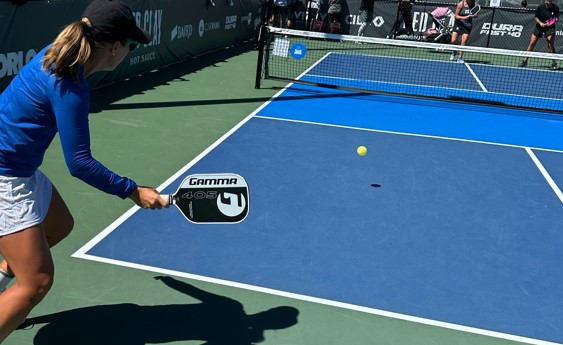
PICKLEBALL PRACTICE
Use visuals when available. If you are a beginner, use short disc cones to split the transition zone and focus on the back half of that zone. When you are consistently successful, move the cones back to 3 or 4 feet from the baseline. You want to make sure you can achieve success so that you can continue to layer in more challenging targets by reducing target size. Another option is to start with a square based in the middle about 4 feet long and 10 feet wide (the deepest part about 4 feet from the baseline), and as you achieve success, start reducing the width of the target over time until it is 4 feet wide as well. Always make sure you have a good margin for error; however, you can reduce your target size as your skill increases. You also want to ensure that you have enough margin for error over the net as well. The harder you hit the ball, the less margin for error you have over the net, so make sure you factor in the height of the ball as well and adjust your spin and speed accordingly. In the end, your goal is to be consistent while making the serving team’s third shot more challenging and to keep your opponents at the baseline, when possible, to increase time and distance as you prepare for your next shot. Incorporating these techniques into your return of serve will leave your opponents with the impression that they will have to work harder to win points. And remember to have fun! Hope this helps.
Jeff Rausch is a PPR coach developer and the pickleball professional at Lost Creek Country Club in Austin, Texas. He is also on Team Head Pickleball and is a PPR Dual Impact professional in pickleball and tennis.



